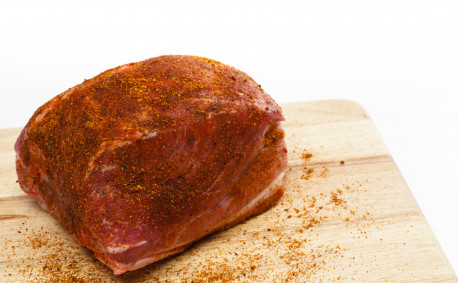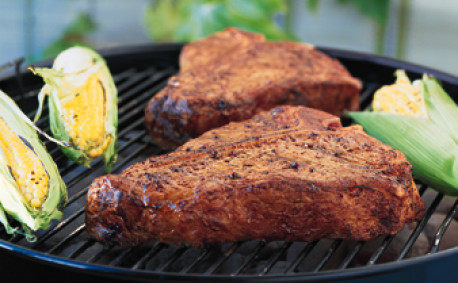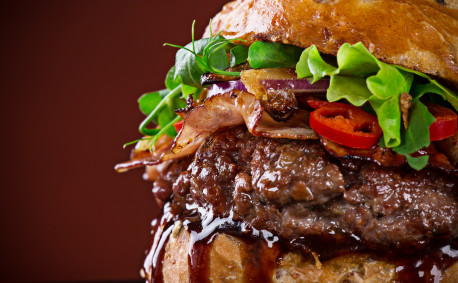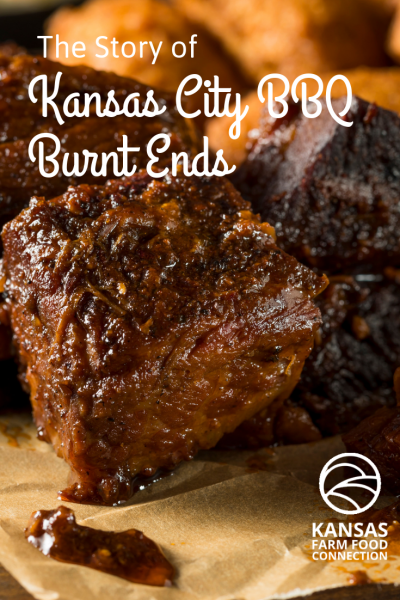Burnt Ends: A Kansas Culinary Wonder
“I dream of those burned edges.” Calvin Trillin
There are lots of Kansas wonders to love: the Cosmosphere, Monument Rocks, Cathedral on the Plains — the list goes on. But there’s one wonder with a special place in my heart (and stomach), a wonder that almost never came to be. Burnt ends.
What Is a Burnt End?
Ends are the tips of smoked beef brisket. They’re thinner than the rest of the brisket, which means they cook faster, which means when the brisket is good and smoked, the ends have been burnt. But here’s the thing: They’ve also soaked up succulent fat and flavor. Rather than charred chunks of what-used-to-be-meat, these lusciously caramelized morsels are a wondrous combination of smoke, flavor and texture.
And they used to be tossed aside. (I know. It pains me, too.)
How Burnt Ends Became a Thing
As pitmasters took briskets out of the smoker, the first thing they would do is cut off the slightly overcooked, oddly shaped ends with a deeper bark than the rest of the cut. Then, they would get rid of them.
It took a few Kansas City visionaries to realize they were barbecue gold, not garbage. Rather than throwing the ends away, some restaurants, notably Arthur Bryant’s, would toss the ends on the counter so customers could snack while they were waiting in line to get their orders.
As customers took their bites, they also took note. There was something delicious about these scraps of beef.
One famous customer, Calvin Trillin, put burnt ends on the national scene when he wrote about them in 1972.
“The counterman just pushes them over to the side and anyone who wants them helps himself. I dream of those burned edges. Sometimes, when I’m in some awful, overpriced restaurant, in some strange town, trying to choke down some three-dollar hamburger that tastes like a burned sponge, a blank look comes over me: I have just realized that at that very moment, someone in Kansas City is being given those burned edges free.”
The Rest Is Barbecue History
Restaurants started incorporating burnt ends into their menus and realized they were on to something. The trick was, for an entire brisket, only a few inches qualify as true burnt ends, which means they’d disappear quickly. So, customers soon caught on that they had to show up early to get their burnt ends. (Don’t feel too bad. Latecomers still had their pick of Kansas City brisket and other barbecue delicacies, so they weren’t too deprived.)
As demand has grown for burnt ends, some barbecue masters have tried to keep supply up by mimicking the texture and flavor with other cuts of meat. Purists agree there’s no substitute for the real thing.
As far as where to get the best burnt ends? That’s another issue entirely.





